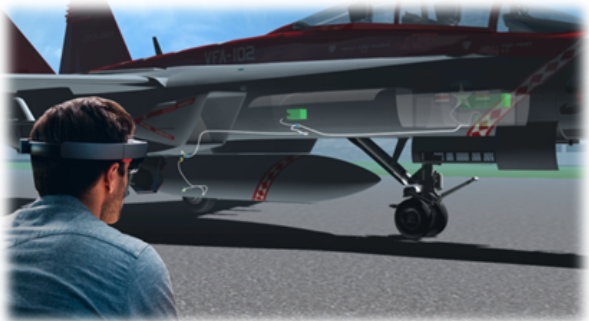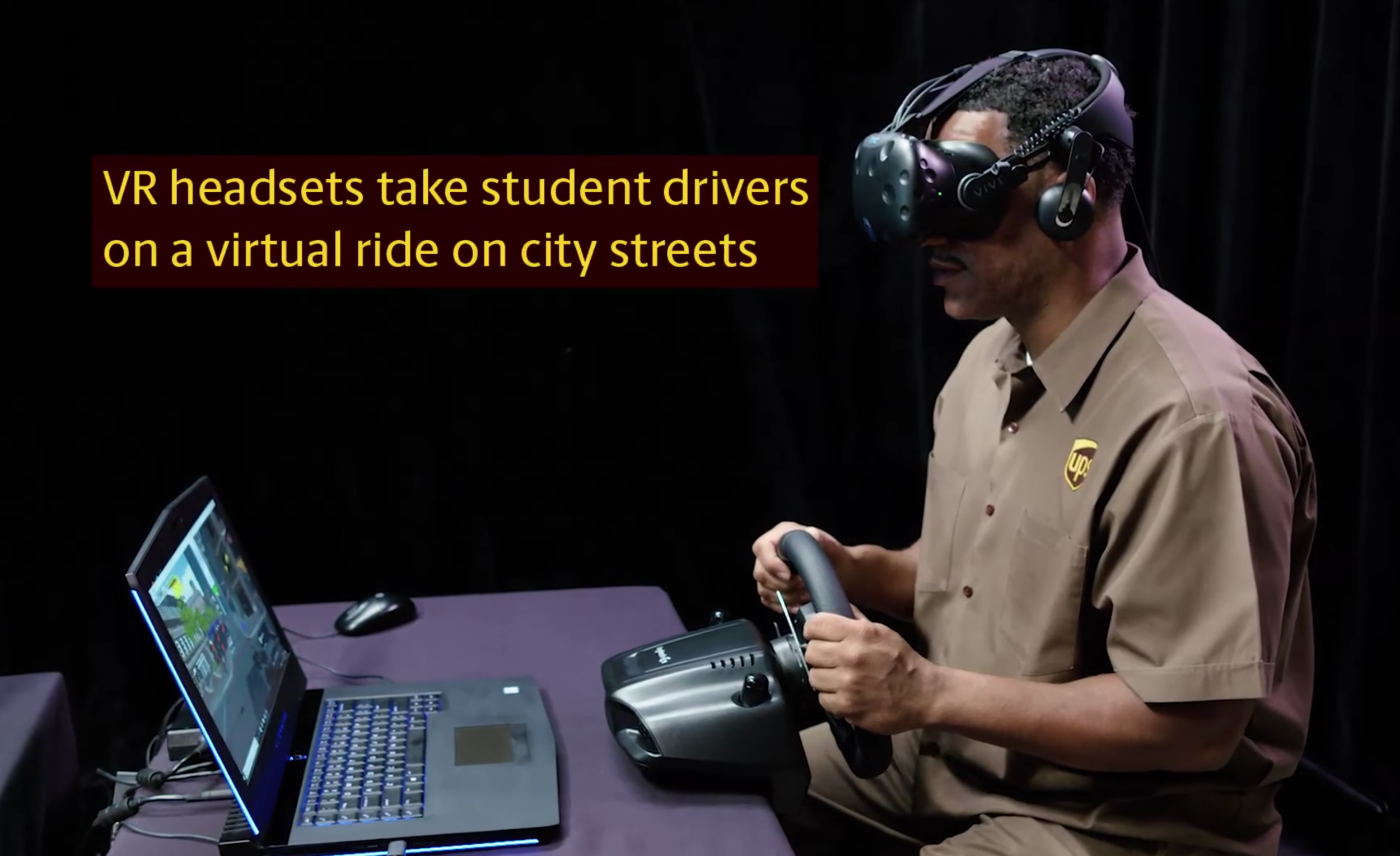Register for our upcoming webinar expert panel with Intel, Sentireal, and others here
Join us at our upcoming Summits, see here
A New Year is a good time for reflection on past achievements and setting new goals for the incoming year. The VRARA Training Committee is pleased to highlight the various activities that we completed in 2018 and give a preview of what we hope to achieve in 2019.
During 2018 we significantly increased the number of VRARA members contributing to the work of the Training Committee. We now have over 100 representatives making contributions via our conference calls and team collaboration tools. The Committee compiled and released a comprehensive white paper on best practices for VR/AR based training. We also released an extensive survey on how the training ecosystem is using and will use VR/AR devices, software and media to deliver enterprise training in a variety of market sectors. The outcomes and results of these two initiatives were presented to the wider VRARA community at the previous VR/AR Global Summit. Training Committee members also contributed to a training-specific panel session held as part of the same event.
In 2018 our Committee also shared and showcased several training-related projects, use cases and applications developed by our member organisations through the VRARA news channel and blog posts. We also delivered several presentations in the Training track of the previous VRARA Online Symposium.
Overall, we’re incredibly pleased with the achievements made by our Committee over the previous 12 months. We feel that we’ve made great progress in sharing and promoting best practices, new applications, experiences, projects and products related to VR/AR based training. In 2019 we have a series of goals that we want to realise. Our next VR/AR Training Webinar is coming up on 16th January 2019 and we are determined to make that our most successful online event yet. We are working on gathering together a library of VR/AR training app demos that can be showcased at VRARA-sponsored events. New and updated white papers on VR/AR training best practices and how to maximise return-on-investment from VR/AR training are in the pipeline. We also have an ongoing initiative with our colleagues in the Education Committee on areas of common interest.
We look forward to 2019 and would encourage you to join the VRARA Training Committee to build a stronger and wider ecosystem that delivers higher-quality and more-engaging training through the power of VR and AR.
We plan on growing and expanding the work we’ve done to help build resources, information, and the community for XR training applications. We are looking to host a series of Webinars, starting January 16th, to help introduce key concepts of XR training and to give companies the tools and information they need to begin successful projects in this field. We continue to build upon some great partnerships with training conferences, allowing us the opportunity to showcase XR training applications to an eager audience of corporate trainers, educators, and decision makers. The Training Committee is excited to begin a partnership with the Education Committee to identify areas of commonality and to co-author useful guides and white papers.
Another goal for 2019 is to bring together a library of member demos. Our hope is that a centralized repository of demos will give the Association and its members the opportunity to choose industry or application-specific demos that can spark a much more targeted conversation about how XR training applies to any given field. Over the past years, we have understood the power and necessity of showing quality, relevant demos, and this collaboration will help members and the community at large in understanding the impact that XR can have on enterprise training.























